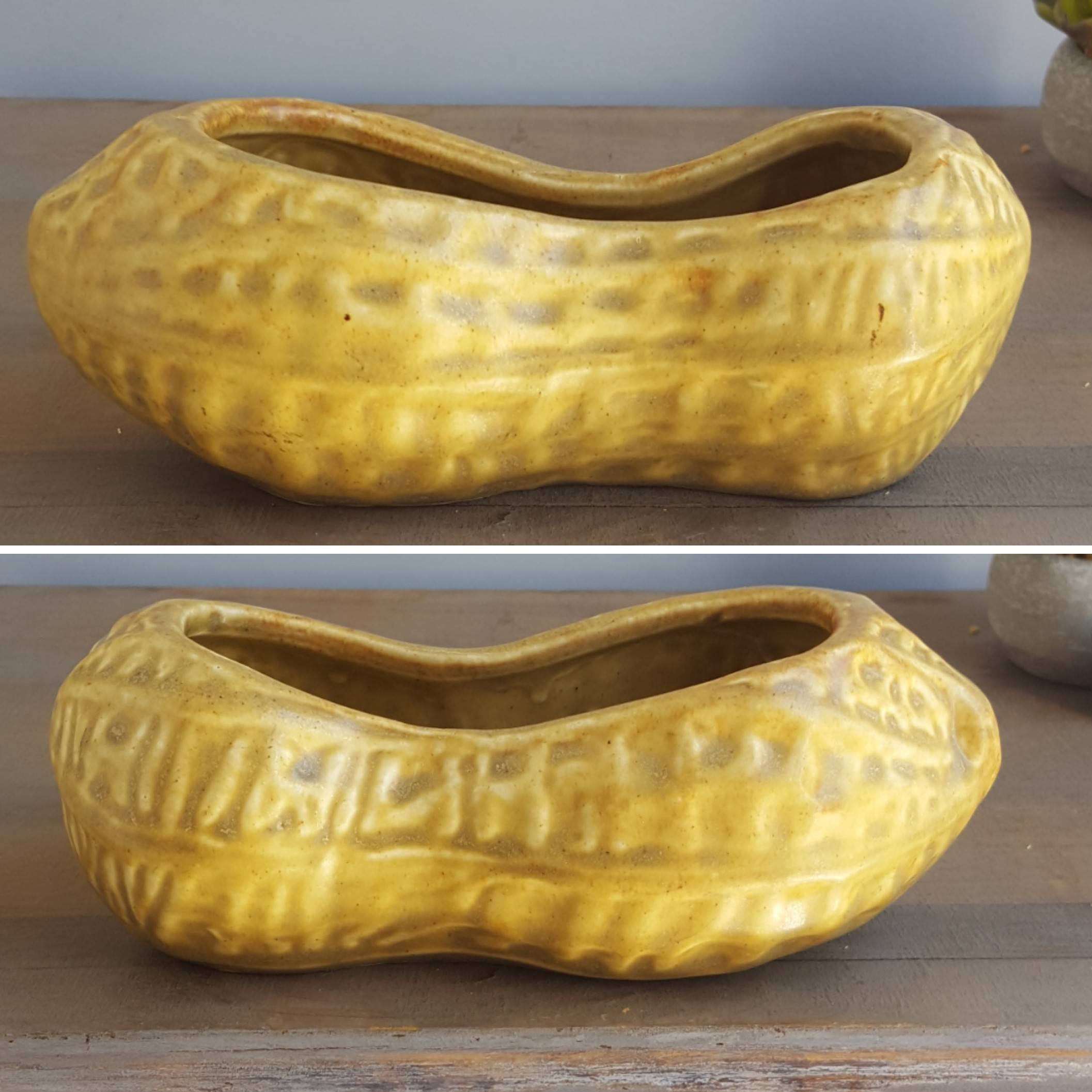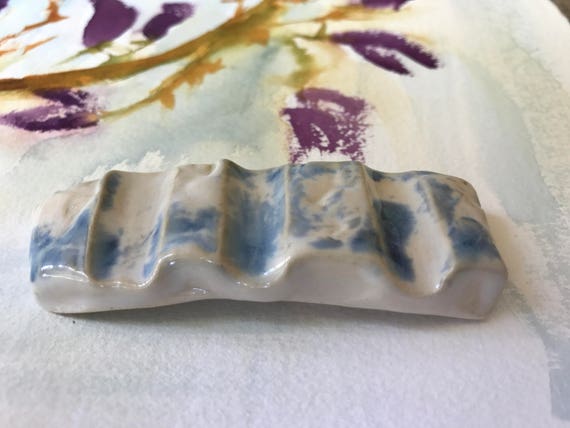

If you want to use your ceramics for drinking and eating, make sure the paint you use is dishwashing suitable once it has been dried. This is an essential issue since you desire to be able to appreciate the splendor of your ceramics objects for a long time. This is the sort of paint you require for your ceramics since you don’t want to have to refinish or clean up the paint job on them all the time. When it relates to specialized paint for pottery, you could find a hue that is distinctive to you and develops your own unique “signature” shade.Ī lightfast paint will not degrade, turn yellow with time, or grow transparent over time. You may use any color straight from the bottle, or one can mix hues to make new ones. When painting ceramics using acrylic paint, seek paint that comes in a variety of hues. Paint that takes more than 48 hours to cure is not desirable, particularly if you plan on painting numerous layers onto your ceramic work. Ideally, search for paint that can be dried in an oven as a substitute. Acrylic paint on ceramics must be allowed to cure for a period of time, ideally no more than 48 hours. Aside from these ideal features, there are a few more to be aware of.ĭrying time or curing is critical. They are highly tough and will not crack, chip, or fade. Many dry to a matte finish, while others dry to a glossy sheen or a satin finish. Because the paint is oil-based, it is incredibly flexible and may be utilized to paint almost whatever you can think of. Acrylics may be used to paint all three types of bisque.Īcrylic paints are the best paints to use for painting pottery. Bisque pottery is classified into three types: pure white porcelain bisque, terracotta-colored earthenware, and gray-colored stoneware, and. Bisque ceramics are firm and sturdy after being kiln-fired, and since they are permeable, they are suitable for acrylic paint.īecause paint absorbs into the clay, you may need to apply more coats to reach the desired hue, but once dry, the paint will not peel, flake, or break.

It is unglazed greenware that has become air-dried and then baked in a prepared heat furnace. Bisque is the greatest type of pottery to paint on.

Although this sort of ceramic is watertight and dishwasher-friendly, it cannot be painted since the paint does not adhere to the glazing. After the glaze has been added, the ceramic object is re-fired at a greater temperature in the furnace. Glazed pottery is another form of ceramic that has been air-dried, fired once in a furnace, and then has ceramic glazes added to it. Additionally, decorating pottery that’s not been kiln-fired would be problematic since paints for pottery, even if available, would not stick to the exterior of the clay.

Greenware is exceedingly delicate and has a limited lifetime, making it unsuitable for coloring or art. This refers to clay that has been air-dried but not burned in a furnace. Greenware refers to pottery in its purest form. We will examine three different types of ceramics before deciding which one is ideal for painting. The term ceramic has evolved to refer to any type of pottery, whether coated or unglazed, painted or unpainted ceramics. What Is the Best Sort of Pottery to Paint? 4.3 Is There a Difference Between Ceramics and Pottery?.4.2 What Is the Ideal Paint for Coloring Pottery?.4.1 What Is the Ideal Ceramic to Apply Paint to?.3.2 Painting Ceramics with Acrylic Paint.3.1 Preparing Your Ceramics for Painting.2.5 Our Acrylic Paint Recommendation: CRAFTS 4 ALL Acrylic Paint Set.1 What Is the Best Sort of Pottery to Paint?.


 0 kommentar(er)
0 kommentar(er)
